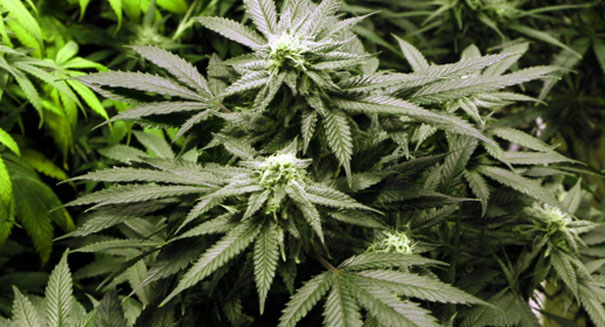
The CDC wants more transparency and awareness on the notorious effects of edible marijuana.
The Centers for Disease Control and Prevention demanded transparent labeling standards for consumable marijuana and more robust public awareness about its dangers. (See the full report at Cleveland.com).
The statement released by the CDC is on the heels of an investigation into the 19-year-old Levy Thamba’s death, a college student who leaped from a Denver hotel balcony and died after inhaling six servings of a marijuana cookie. His death was determined to be an accident, but the drug was ruled to be a major influencer.
Colorado voters legalized marijuana for personal use in 2012 for adults over 21. Thamba got the cookie from his 23-year-old friend after he purchased it from a Denver marijuana retail location (the full CDC report is here).
The cookie’s label indicated that it contained 65 mg of tetrahydrocannabinol, about 6.5 servings of THC. The product had not been tested for other contaminants or potency. And according to the police report, the store clerk advised his friend to divide the cookie into sixths for a proper serving.
The liver must process ingested marijuana first, which delays the psychoactive effects, as opposed to smoking, in which the drug’s effects are experienced in a matter of minutes. The packing didn’t instruct users on over-consumption, and it is unknown whether the clerk provided such information.
Thamba had no prior history of other drug abuse or mental illness. Apparently, Thamba didn’t initially feel the high after 30 to 60 minutes and then gobbled more. The autopsy analysis found 7.2 ng of THC per milliliter in Thamba’s blood — above the 5 ng/ml whole blood legal limit for driving a vehicle there. The CDC said that Thamba was “marijuana naive.”